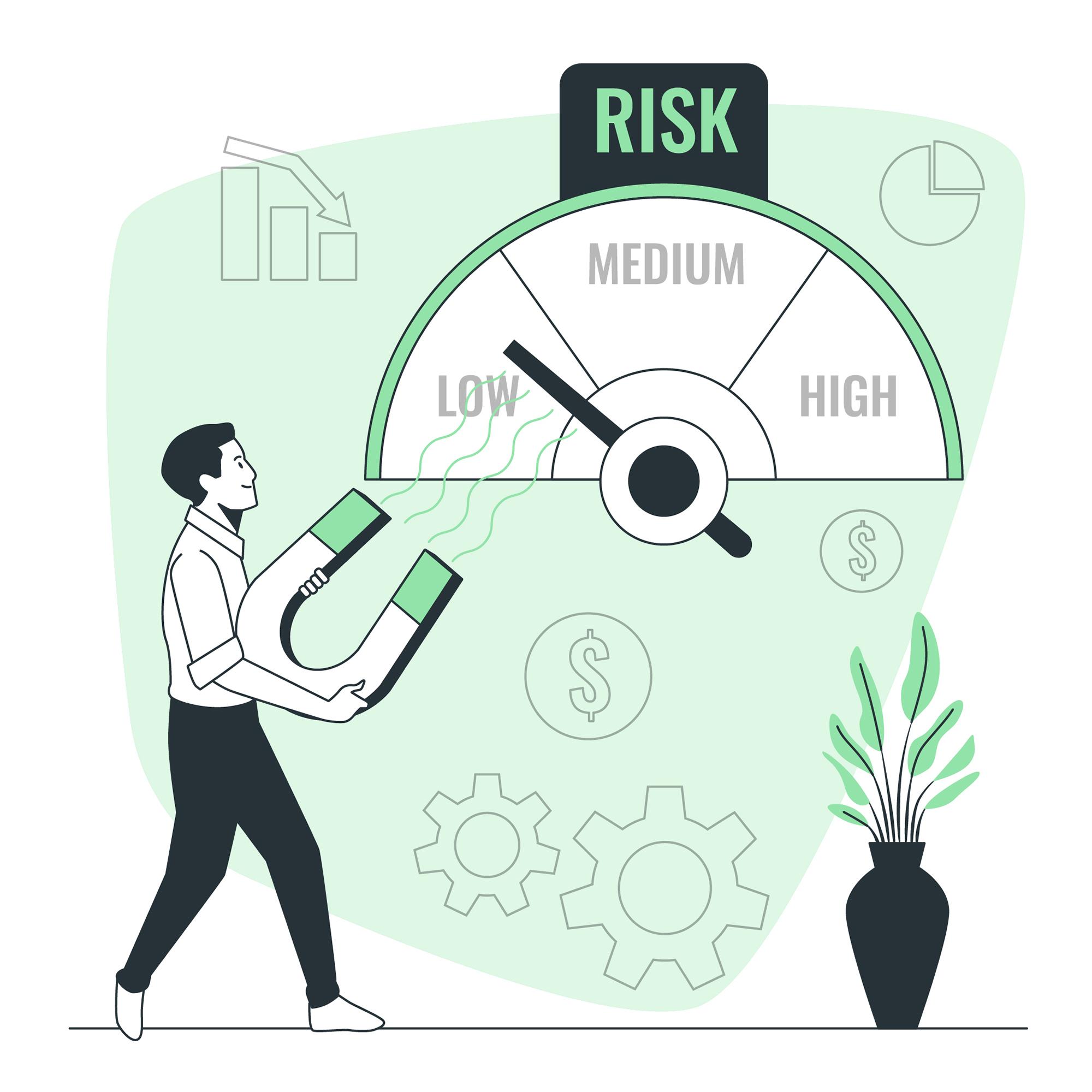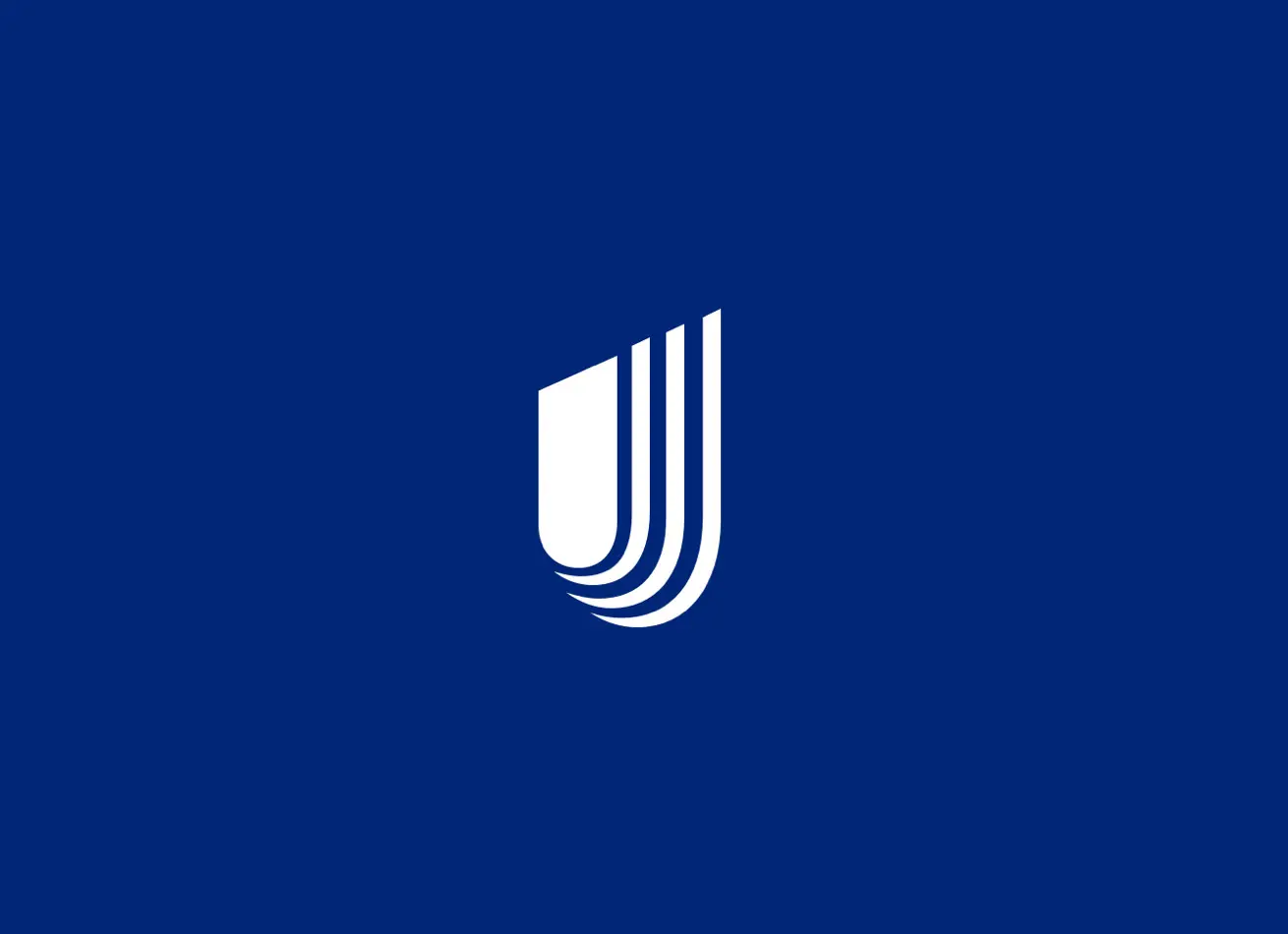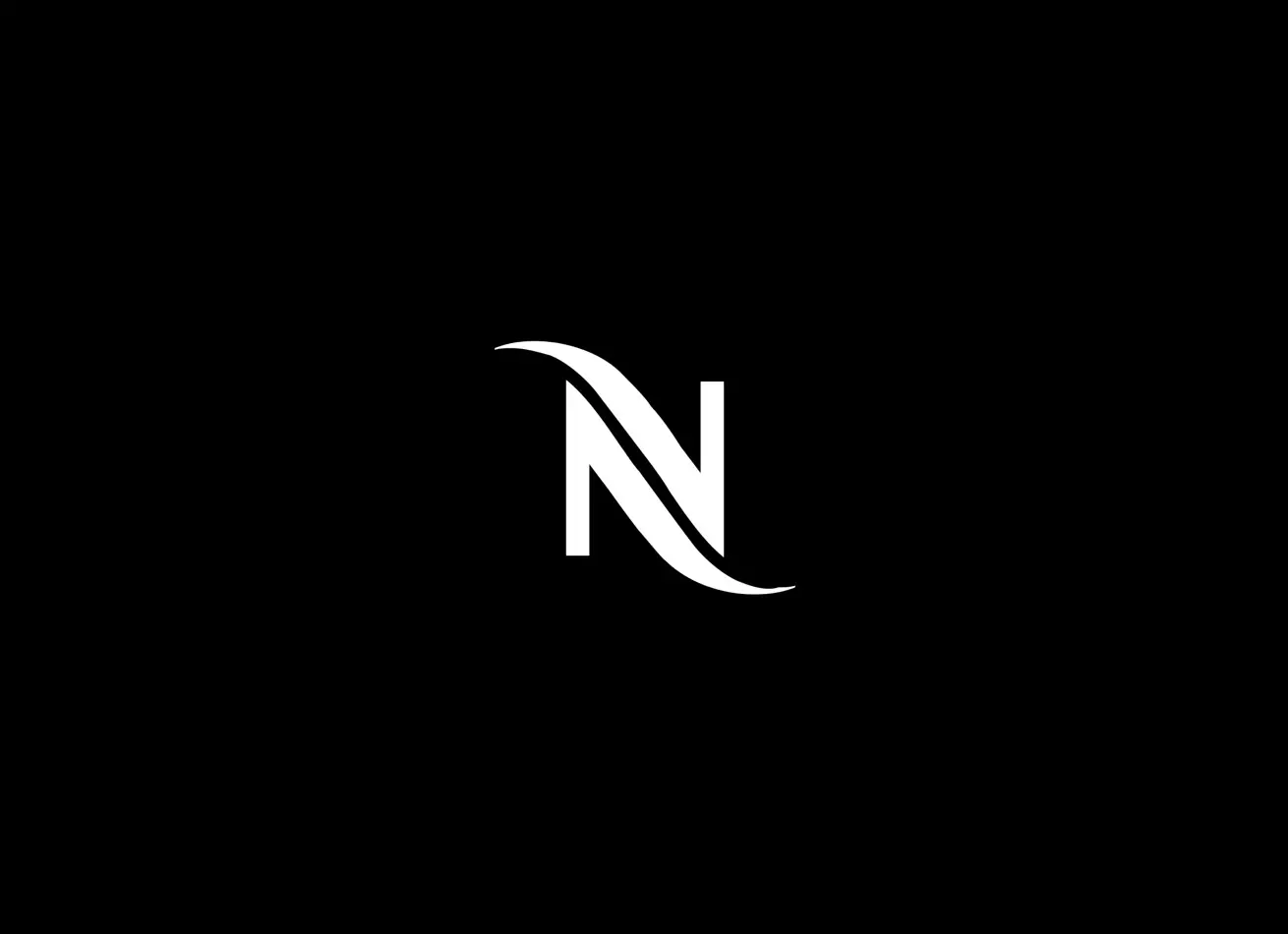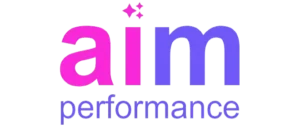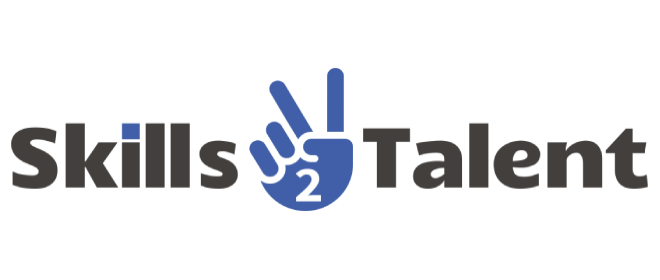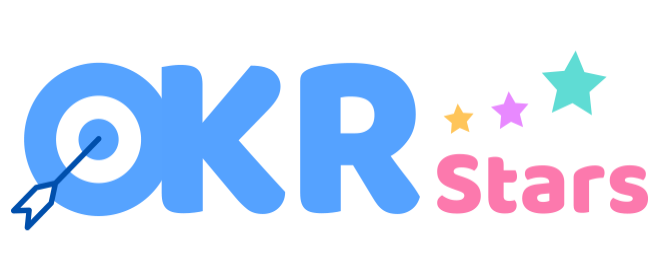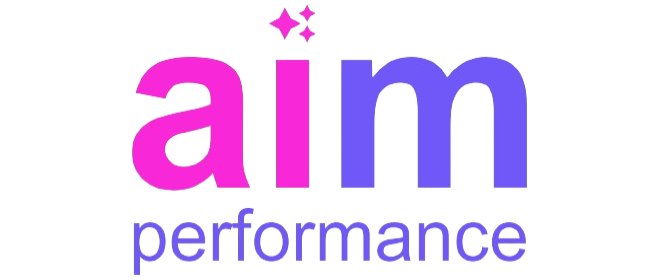Risk mitigation is essential for any business aiming to thrive in today’s dynamic environment. While many think of risk management in terms of finances or compliance, performance management also plays a pivotal role in identifying and addressing risks across various layers of an organization. In this blog post, we will explore how performance management helps companies mitigate risks by enhancing processes, improving accountability, and fostering a proactive culture.
Understanding Risk Mitigation Through Performance Management
At the core of any successful organization lies effective performance management, which can be a key tool in reducing risks. But how exactly does it contribute to risk mitigation? By aligning employee performance with organizational goals, companies can proactively identify and manage potential issues before they evolve into critical risks. When employees understand their roles and responsibilities, they are less likely to make errors that could lead to significant problems.
Additionally, tracking and evaluating performance ensures that teams are not only meeting their objectives but are also staying within the company’s risk tolerance. With a clear understanding of their performance metrics, individuals can take corrective actions to prevent minor setbacks from becoming major risks. This is how performance management will help in risk mitigation on a day-to-day basis.
The Role of Goal Setting in Risk Prevention
Effective performance management starts with setting clear, measurable goals. These goals, if properly defined, will mitigate risks by ensuring that employees focus on the right activities. When an organization lacks well-defined objectives, employees may stray, leading to poor decisions that carry unnecessary risks.
By using tools such as SMART goals, performance management aligns individual efforts with the broader organizational strategy. These aligned efforts reduce the likelihood of miscommunication or goal misalignment, both of which can introduce risk into the workflow. By continuously reviewing and adjusting goals, organizations can stay ahead of potential risks.
Improving Accountability to Minimize Risks
Accountability is crucial in any business. If employees are not held accountable for their performance, small issues can escalate into larger problems that threaten the organization. Performance management systems, when implemented effectively, track and measure individual accountability.
Through regular feedback and performance evaluations, employees are encouraged to own their tasks and projects. This level of responsibility prevents risks related to negligence or oversight. Performance management will help in risk mitigation by fostering a culture where employees take ownership of their roles, reducing the potential for risky behavior or lack of oversight.
Identifying Performance Gaps to Avoid Risks
One of the most valuable aspects of performance management is its ability to identify gaps in performance. These gaps could pose significant risks if left unaddressed. Whether it’s a lack of skills, knowledge, or motivation, performance gaps directly affect an organization’s ability to meet its goals.
With the help of regular appraisals and performance reviews, managers can identify underperforming areas and take proactive measures to bridge these gaps. By doing so, companies not only improve efficiency but also mitigate the risks associated with underperformance. This is another example of how performance management will help in risk mitigation across all levels of an organization.
Enhancing Communication to Reduce Risk
Clear communication is fundamental to preventing risks in any organization. Performance management establishes a structured communication channel between employees and management, enabling timely feedback and open dialogue. Regular check-ins and feedback sessions reduce the chance of misunderstandings, which can lead to poor decision-making.
Furthermore, transparent communication through performance management ensures that all stakeholders are on the same page, whether it’s regarding project deadlines, objectives, or compliance issues. A lack of clarity can result in costly errors. By enhancing communication, performance management will help in risk mitigation by ensuring that employees have the information they need to make informed decisions.
Promoting Continuous Improvement for Long-Term Risk Mitigation
Performance management is not a one-time event; it is an ongoing process that encourages continuous improvement. This mindset helps organizations remain agile and adaptable in the face of evolving risks. By consistently reviewing and refining performance, companies can anticipate potential risks and develop strategies to mitigate them.
Continuous improvement initiatives driven by performance management allow companies to stay ahead of market trends, regulatory changes, and other external factors that could introduce risks. Over time, this proactive approach to performance management will help in risk mitigation and safeguard the company’s long-term success.
Aligning Performance with Regulatory Compliance
Every organization must comply with certain legal and regulatory requirements. Failing to meet these can result in significant risks, including financial penalties and damage to reputation. Performance management helps ensure that employees and departments are aware of, and adhere to, these requirements.
By incorporating compliance-related metrics into performance management, organizations can track how well employees follow relevant laws, regulations, and internal policies. This is another critical way that performance management will help in risk mitigation, ensuring that the company stays compliant while avoiding unnecessary legal risks.
Building a Risk-Aware Culture
An organization that integrates risk awareness into its performance management system fosters a culture where employees actively think about risks as part of their everyday activities. When employees are encouraged to speak up about potential risks and feel empowered to suggest solutions, organizations can stay ahead of problems before they escalate.
Performance management will help in risk mitigation by cultivating a risk-aware culture where employees are part of the solution rather than contributors to the problem. This proactive stance can significantly reduce risks, especially in industries that face high levels of operational complexity.
Using Technology to Enhance Risk Mitigation Through Performance Management
Modern performance management systems often incorporate technology to enhance their effectiveness. Advanced analytics and data-driven insights provide deeper visibility into employee performance and potential risk areas. By leveraging technology, organizations can monitor performance trends in real time, allowing for quick identification of risks.
For example, performance management software can flag underperformance or missed deadlines, both of which could pose risks if left unaddressed. These insights enable managers to take immediate action, preventing risks from materializing. By embracing technology, performance management will help in risk mitigation by providing the tools necessary for timely decision-making.
Conclusion
In conclusion, performance management is not just about evaluating employees—it is a strategic tool that can help organizations mitigate risks at every level. From setting clear goals and improving communication to promoting continuous improvement and leveraging technology, performance management will help in risk mitigation by fostering a proactive, risk-aware culture. By integrating performance management into your business strategy, you can reduce potential risks and ensure your organization remains competitive, compliant, and prepared for the future.

